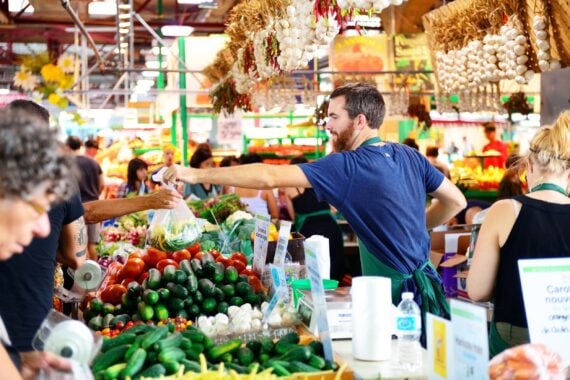Consumers who buy produce during its growing season get the freshest ingredients, best flavor, most nutrition, and lowest prices. Supporting local farmers also helps nurture a healthy agricultural community nationwide. Every season has a bounty of fruits and vegetables on which to base creative and classic meals. It can even become a fun personal challenge to see how many seasonal ingredients can be included in each meal. Consider preserving and freezing some of the produce from particularly short harvest seasons, and when prices drop, to keep a variety of options on hand. Here are some of the best offerings from each season.
Tomatoes – Summer
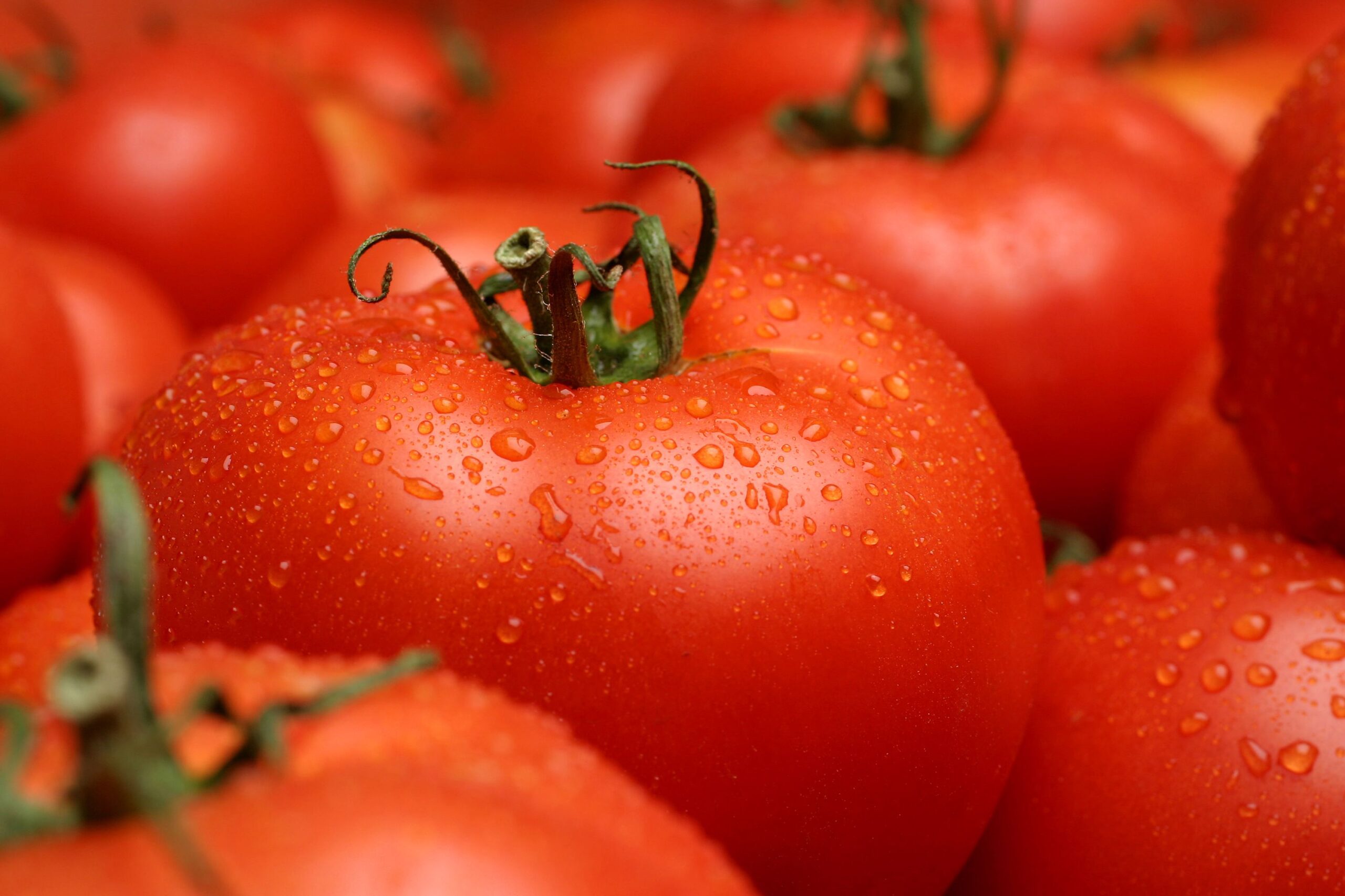
The flavor of tomatoes can vary dramatically depending on the season, with the most flavorful tomatoes available at green markets during the warm summer months. In peak season, ripe heirloom tomatoes dressed with salt and fresh basil make a satisfying midday meal or snack. For more savings, go for cheaper bruised specimens when making sauce or condiments.
Cucumbers – Summer
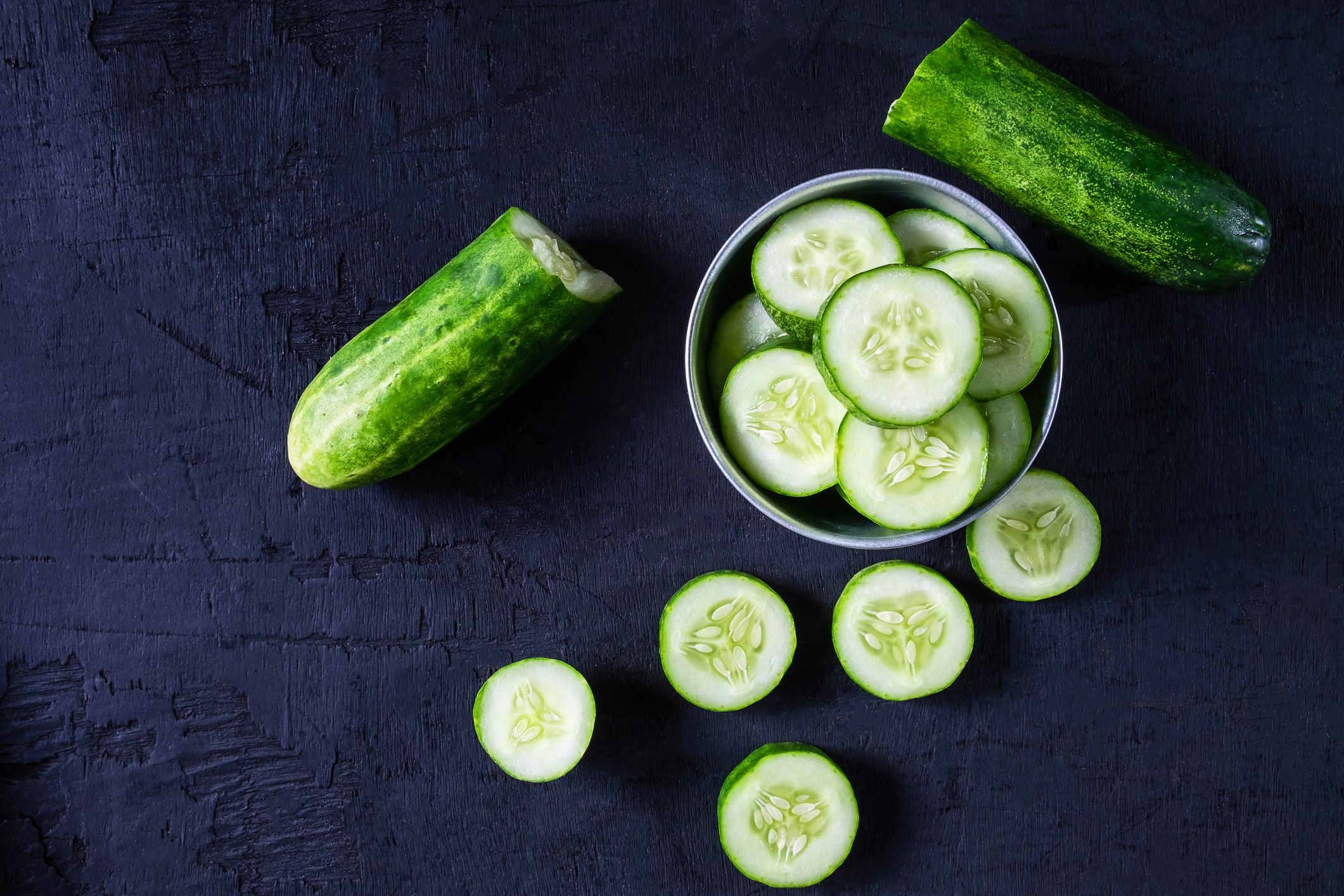
Cucumbers come in many varieties, but all have a sweet, crisp, and refreshing flesh that serves as an antidote to the heat of the summer months, when prices for cucumbers are also at their cheapest. From simple salads to cocktails, cucumbers can be used at every meal for a burst of cooling flavor. For pickling, stick to smaller varieties like Kirby, to ensure they stay crisp.
Bell Peppers – Summer
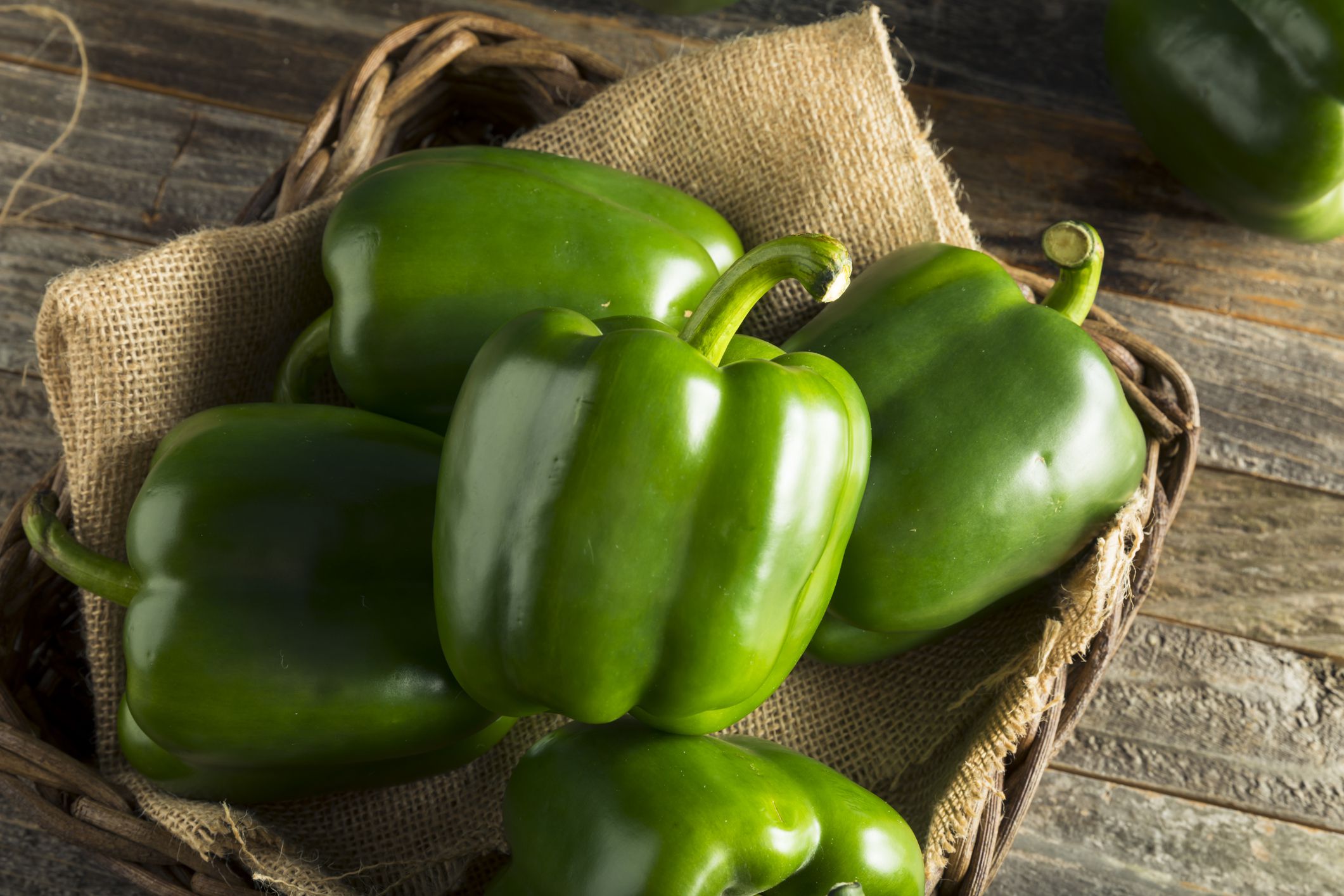
Rich in vitamin C and bursting with color, bell peppers are best eaten during the summer months when they’re inexpensive. Peppers add sweetness to crudite platters, crunch to sandwiches, and depth to sauces when roasted and puréed. After washing and cutting, freeze peppers for up to two months to extend the summer savings. Once frozen, bell peppers are best used in cooked meals such as a stir-fries, rather than eaten raw.
Peaches and Nectarines – Summer
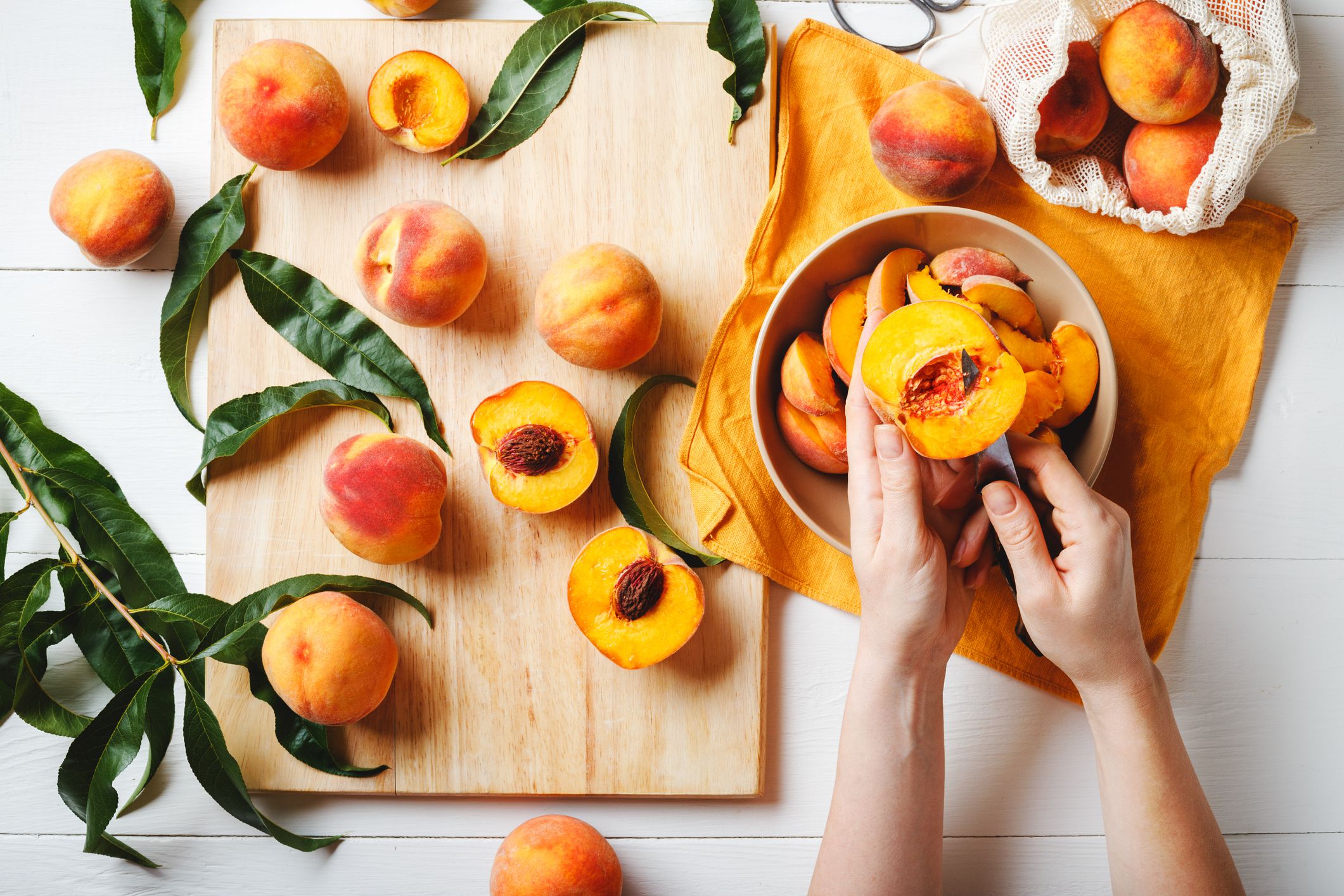
Fresh stone fruits have a short shelf life, making them a seasonal treat. While peaches and nectarines are perfect eaten as is, adding them to baked goods or other sweet treats such as ice cream can be a fun way to diversify these summer favorites. Bruised peaches, which are sometimes sold at steep discounts, can be trimmed of blemishes and cooked into chutneys or roasted to accompany savory dishes like pork chops or jerk chicken.
Berries – Summer
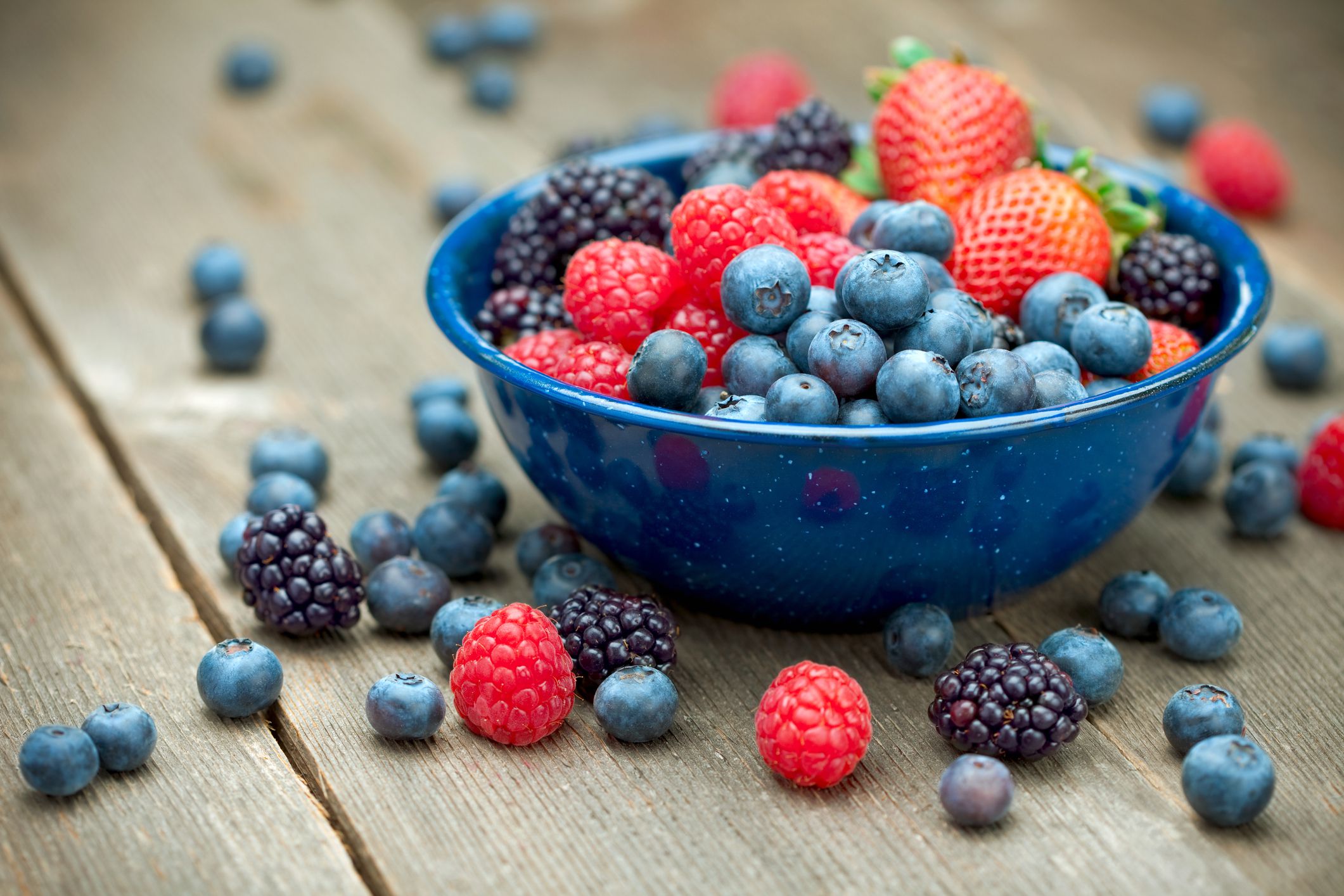
Rich in antioxidants, berries are an indulgence that are just as healthy for you as they are delicious. It’s hard to beat a bowl of fresh berries, on their own or as a topping for yogurt, ice cream, or oatmeal. Baking them into muffins and pies is another popular way to use a surplus. Supermarkets frequently carry fresh berries in the winter months, but they tend to be expensive and less flavorful. So take advantage of the summer bounty by freezing any leftover berries.
Trending on Cheapism
Corn – Summer
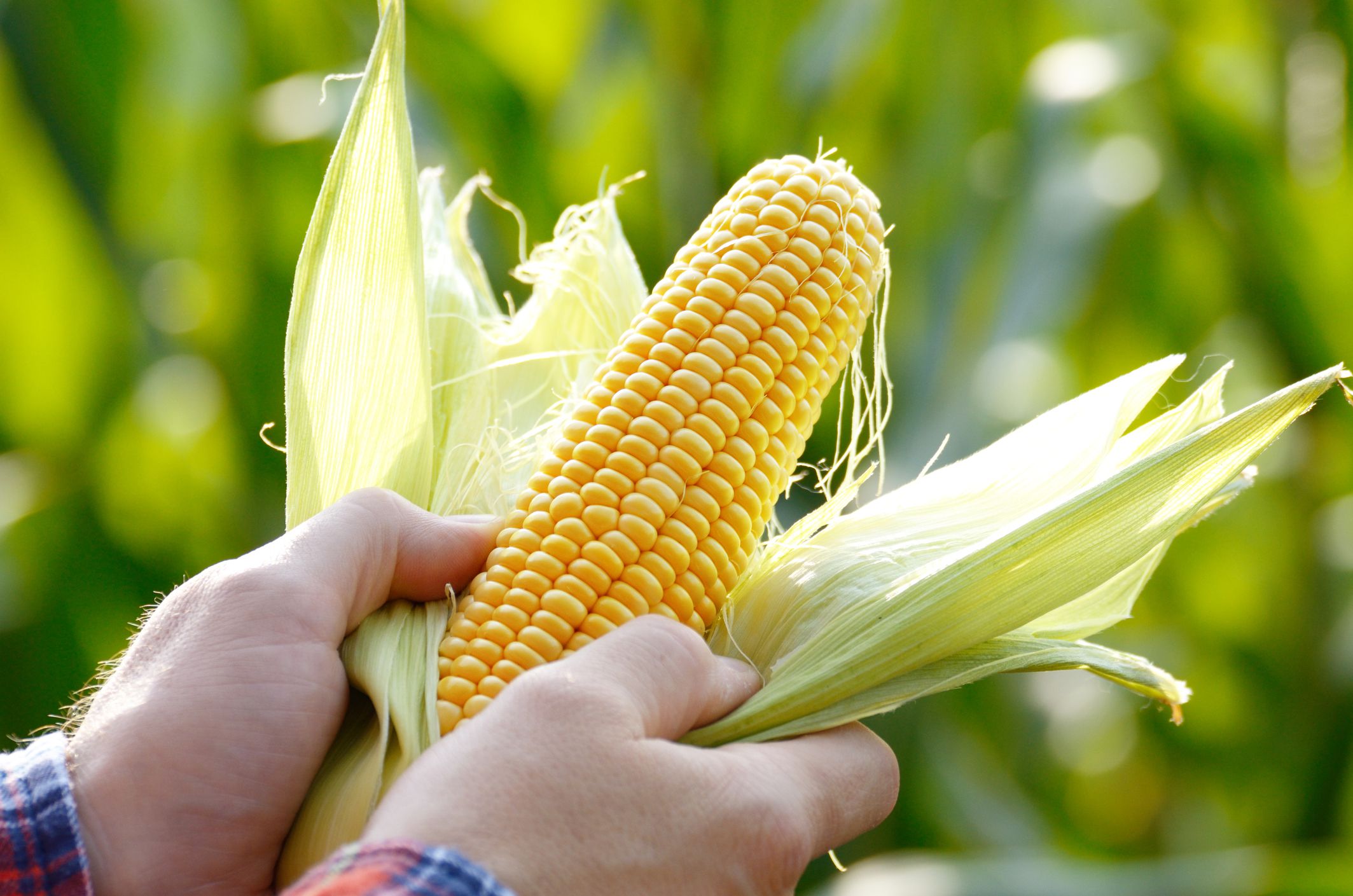
Corn is a high-yielding plant, creating a surge of product that lowers prices dramatically at harvest time. Ears of sweetcorn can be cooked several ways, including grilling, boiling, roasting, or even microwaving. Loading up summer meals with corn is a cheap way to provide nutrition and flavorful seasonal meals to any size group.
Persimmons – Fall
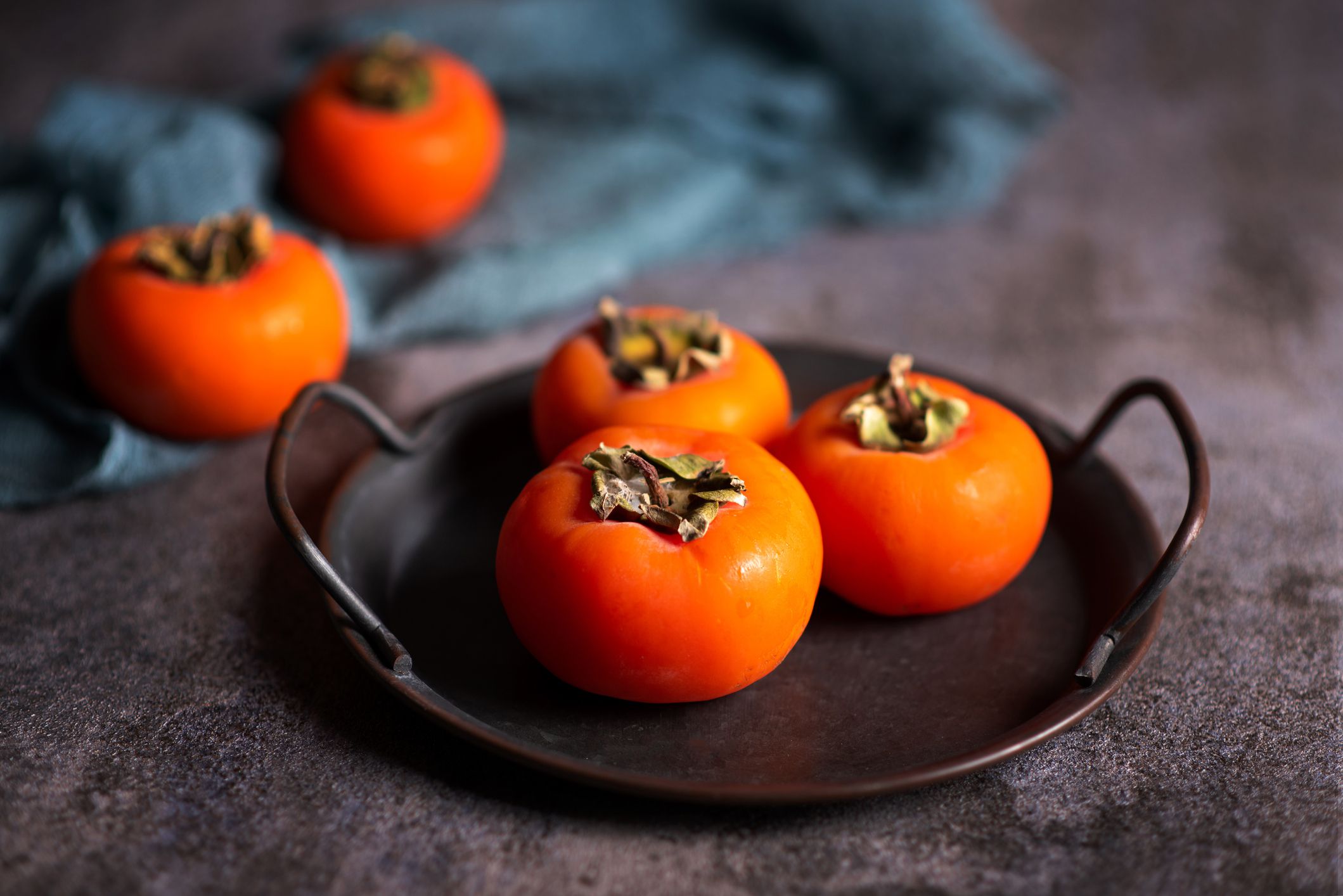
Ripe persimmons barely resemble the hard, vaguely red fruit that is sometimes on offer in the exotic fruit section of the grocery store. Soft, almost mushy, and brightly hued, ripe persimmons are nature’s candy, lusciously sweet with unique aromas. Aside from being enjoyed as a delicacy on their own, they can be used in baked goods or dried into homemade fruit snacks.
Beets – Fall
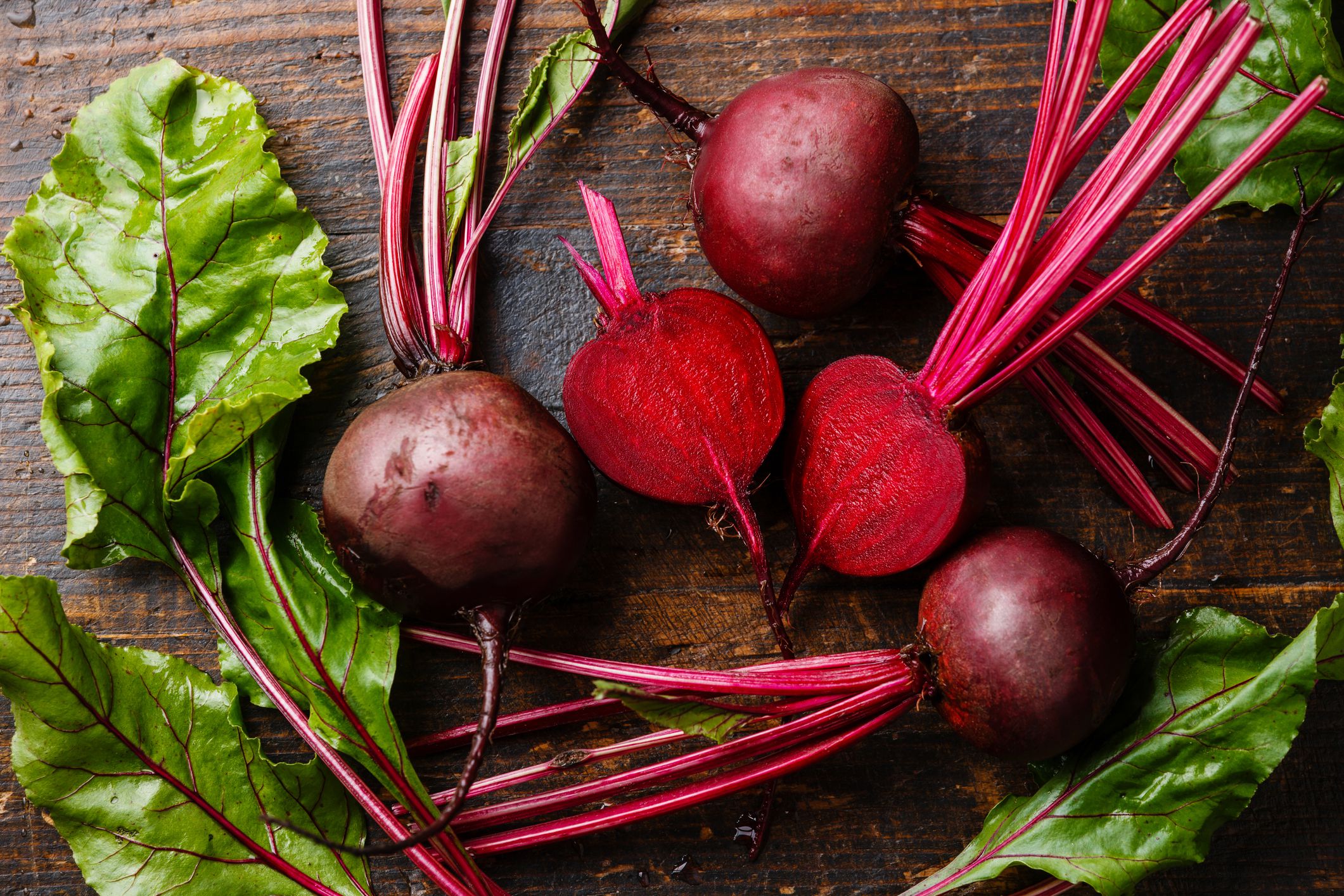
Loaded with iron and vitamins, beets add a healthy dose of sweetness to fall meals. Adding roasted or boiled beets to salads is an inexpensive way to make them heartier and increase the number of servings. Also, thick and tender slices of beet can be used as the filling for a burger type of sandwich, which is a fun veggie twist that dramatically cuts costs.
Sign up for our newsletter
Apples – Fall
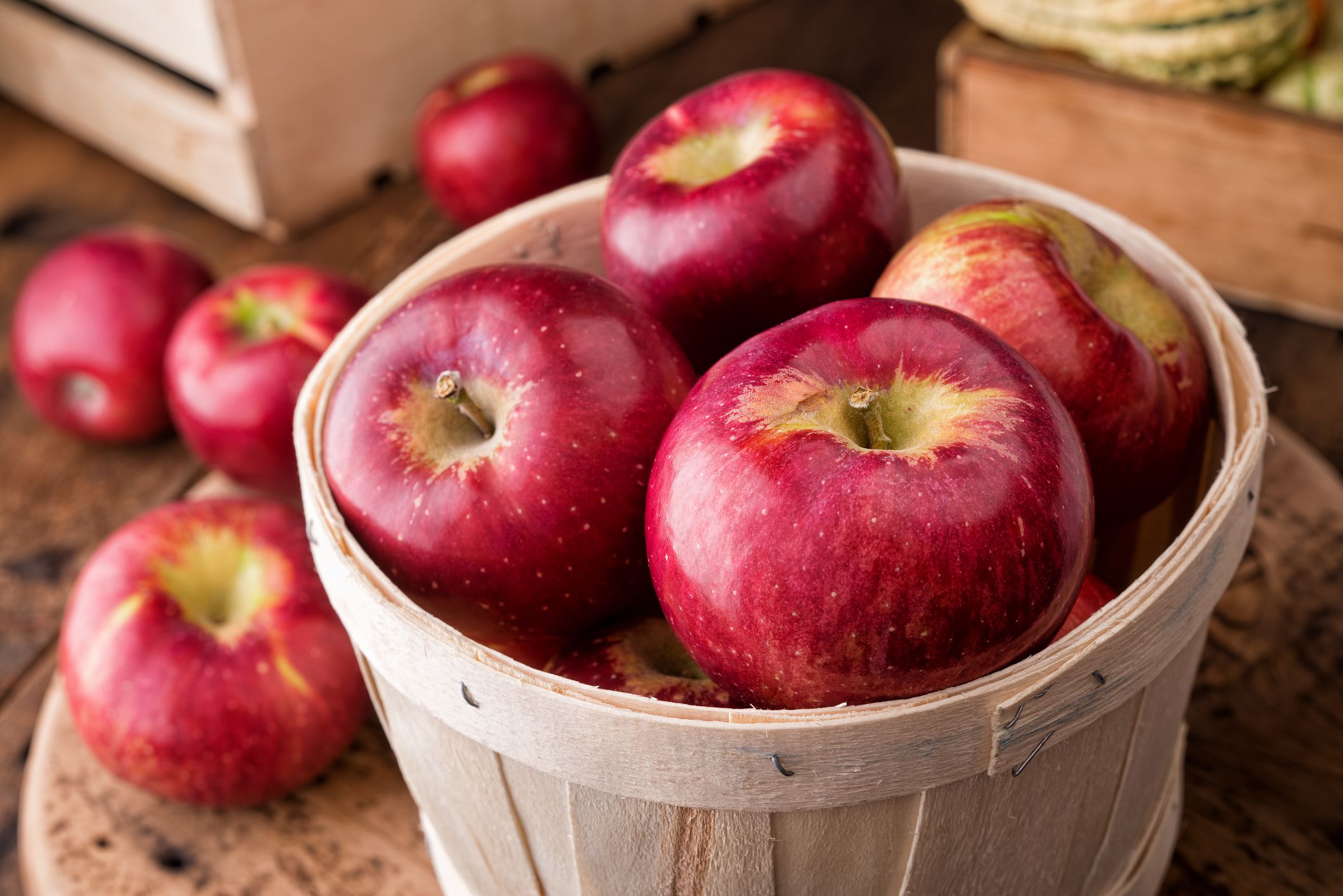
The beginning of fall is apple season, when prices are lowest. Eaten as a grab-and-go snack, apples provide a boost of healthy natural sugar and energy, plus a range of other vitamins. But fall’s abundance also makes apples an economical choice for pies, homemade apple sauce, and a variety of other homemade treats.
Grapes – Fall
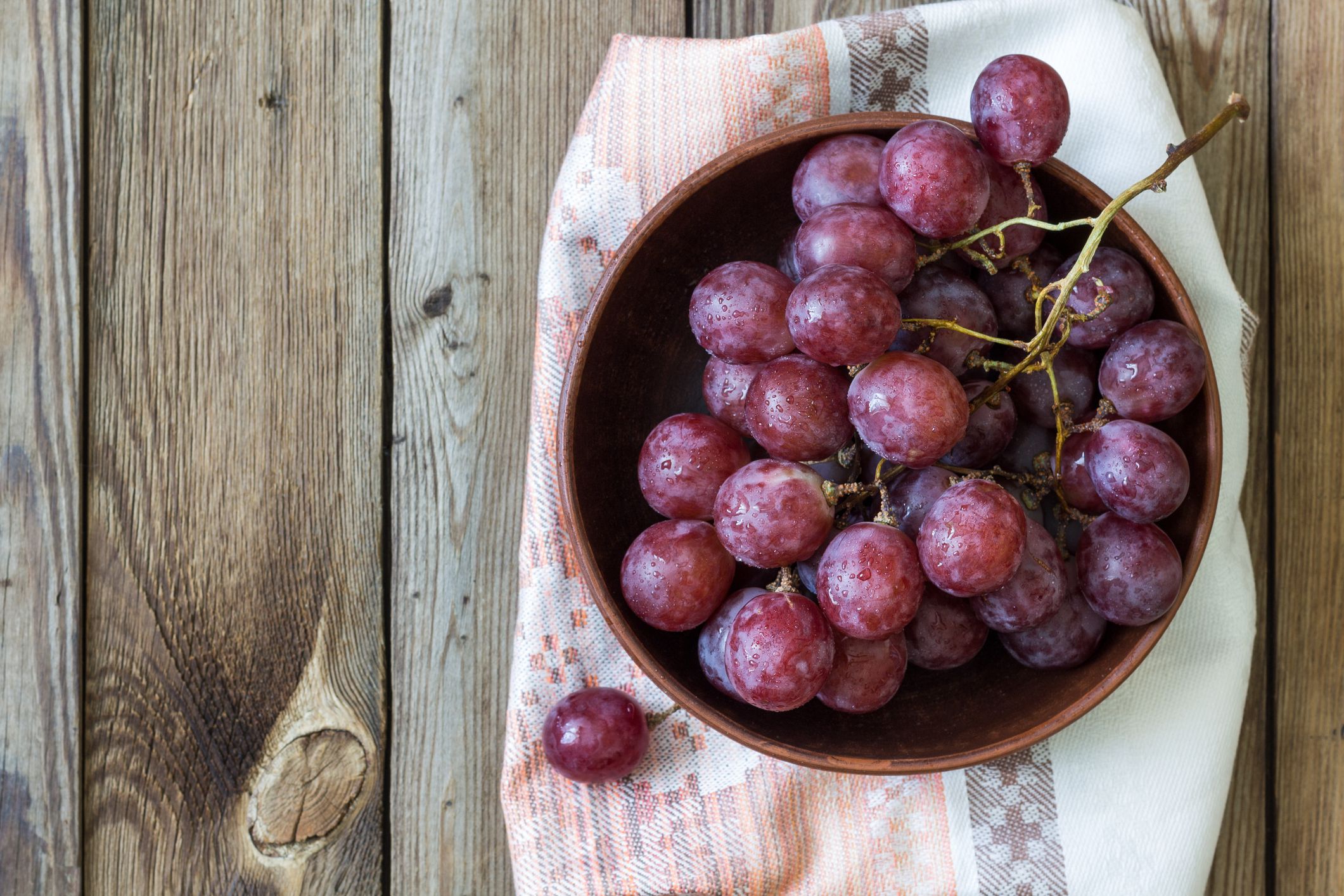
Grapes are harvested in early to mid-fall and used for snacking as well as winemaking. Because they are so perishable, the season is short, offering good deals and low prices on grapes for just a few weeks.
Turnips – Winter
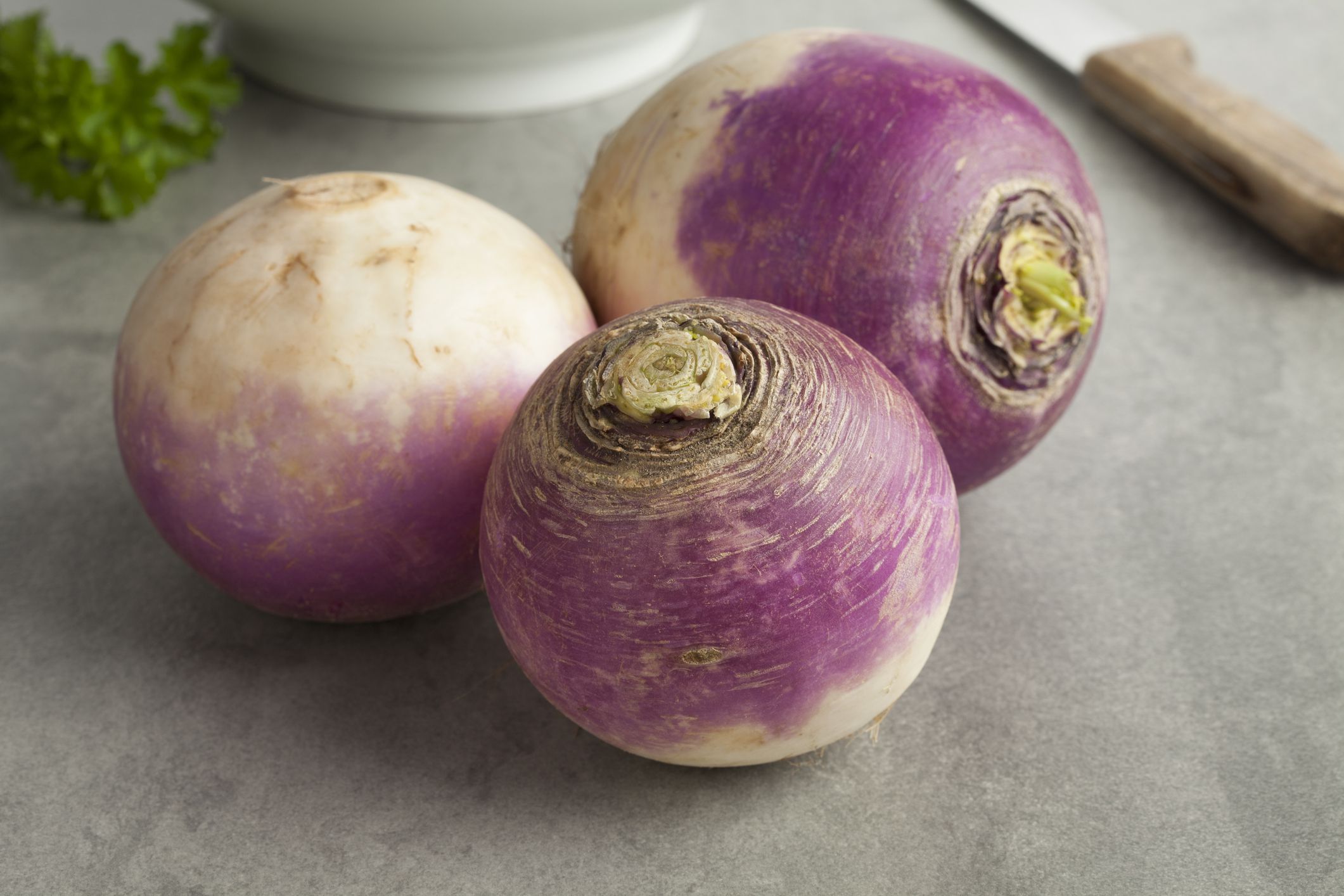
This underrated winter root vegetable has been a cheap staple of the American diet for well over a century. The starchy and slightly sweet bulb is similar to a potato when cooked, though with a slightly firmer texture. Cheaper than potatoes, turnips can be prepared in the same way — baked, roasted, fried, or even mashed. The neutral flavor makes them an welcome filler for soups and stews.
Brussels Sprouts – Winter
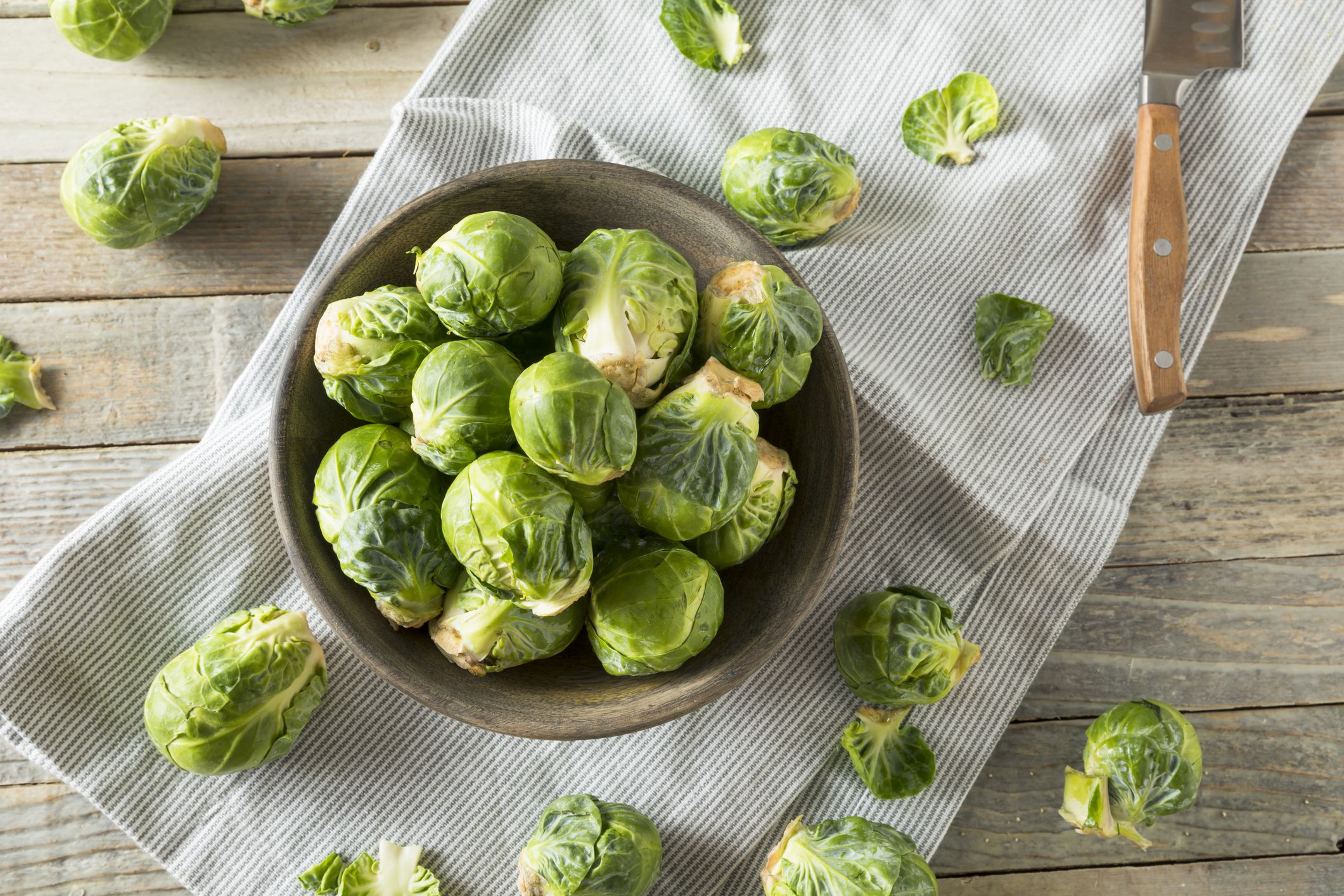
Once underrated, these morsels that look like mini cabbages are winter’s trendiest vegetable. It’s hard to imagine a holiday table without a dish of roasted Brussels sprouts, or shaved Brussels sprout salad, or Brussels sprouts broken into leaves and sautéed with bacon and onions. More recipes than ever offer a variety of ways to turn these cheap globes into the star of the meal, leaving the days of insipid, boiled and mushy Brussels sprouts to the dust heap of history.
Winter Squash – Winter
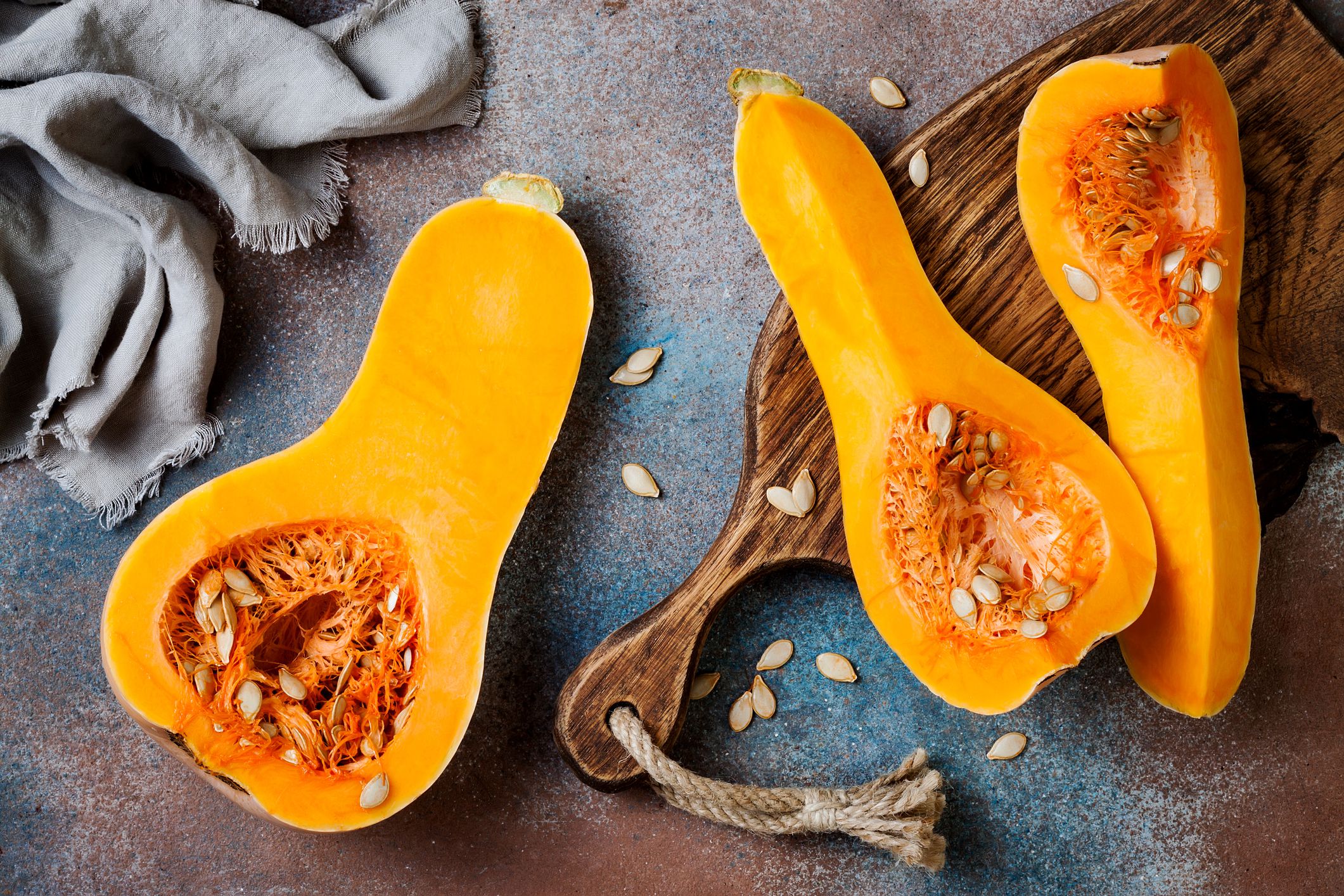
The many varieties of hard squash ensure freshness throughout the year. One of the cheapest and most nutritious vegetables, squash has been an important staple for populations of Northern America for millennia. Their versatility allows the possibility to feed large groups for bottom dollar with soup, roasted squash, stuffed squash, or a hearty pie.
Daikon – Winter
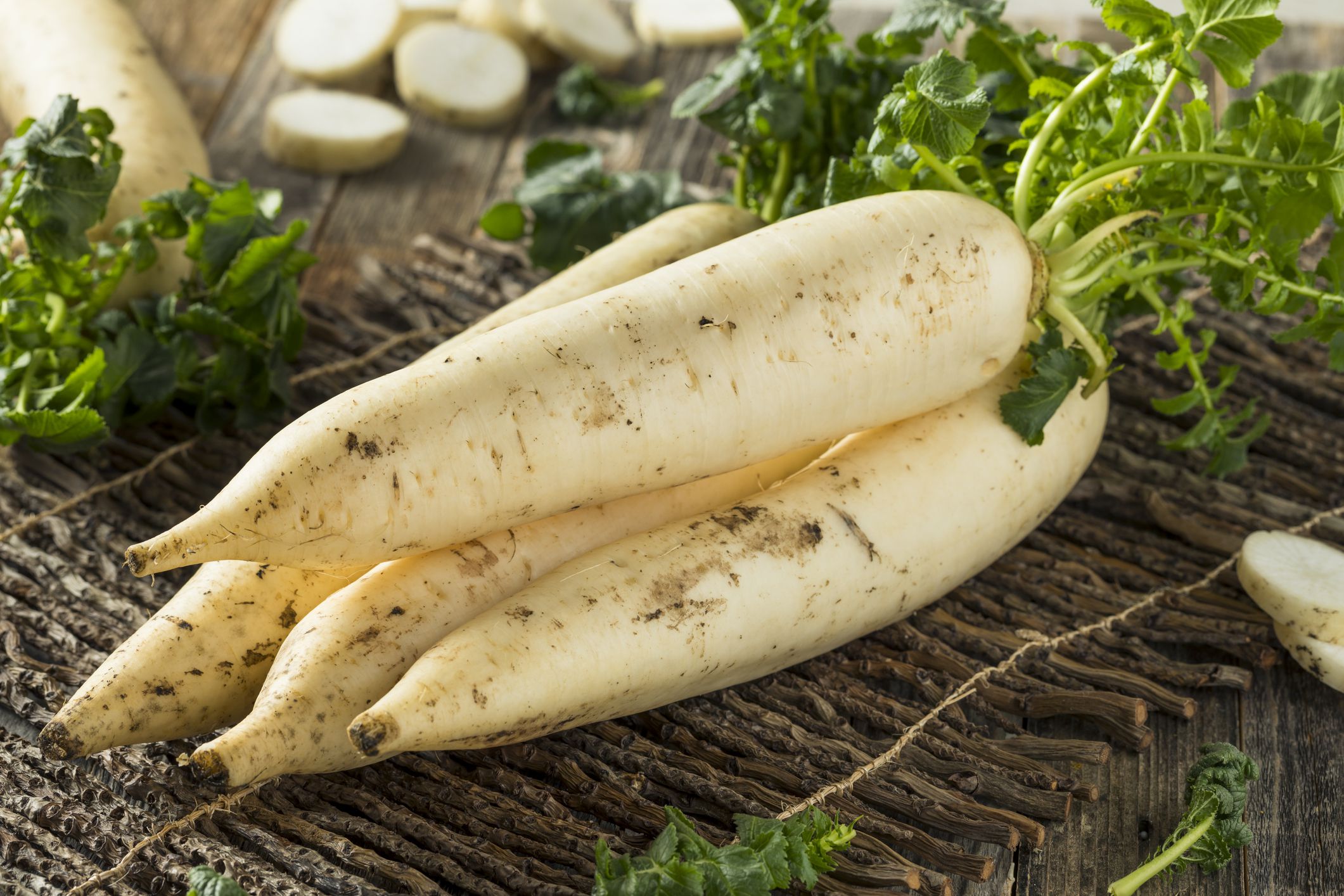
This large white radish looks like a giant albino carrot and can be found at farmers markets for most of the season. Low price and versatility make daikon a popular seasonal vegetable to enjoy raw, including in salads and crudite platters. Generally served shredded or spiralized into noodles, daikon retains its crunch and mild flavor in any form, adding freshness to otherwise heavy dishes. It can also be made into impressively shaped garnishes to spruce up holiday platters.
Artichokes – Spring
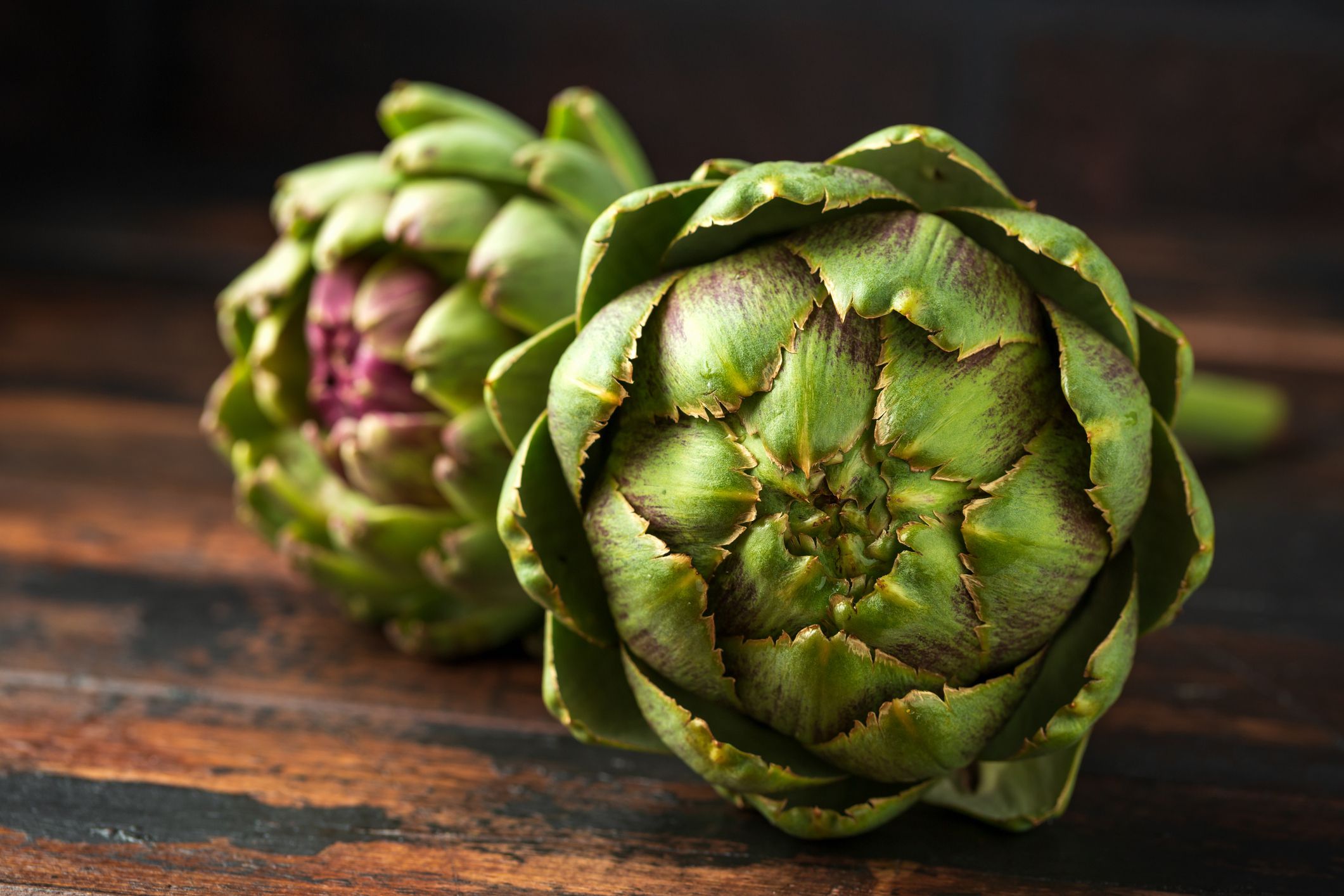
Artichokes are plentiful and inexpensive in spring but often hard to find and overpriced at other times of the year. The short season and laborious preparation, along with their unique earthy flavor and supple texture, have earned them a loyal following. In season, artichokes can serve as an inexpensive main dish that impresses every time.
Garlic Scapes – Spring
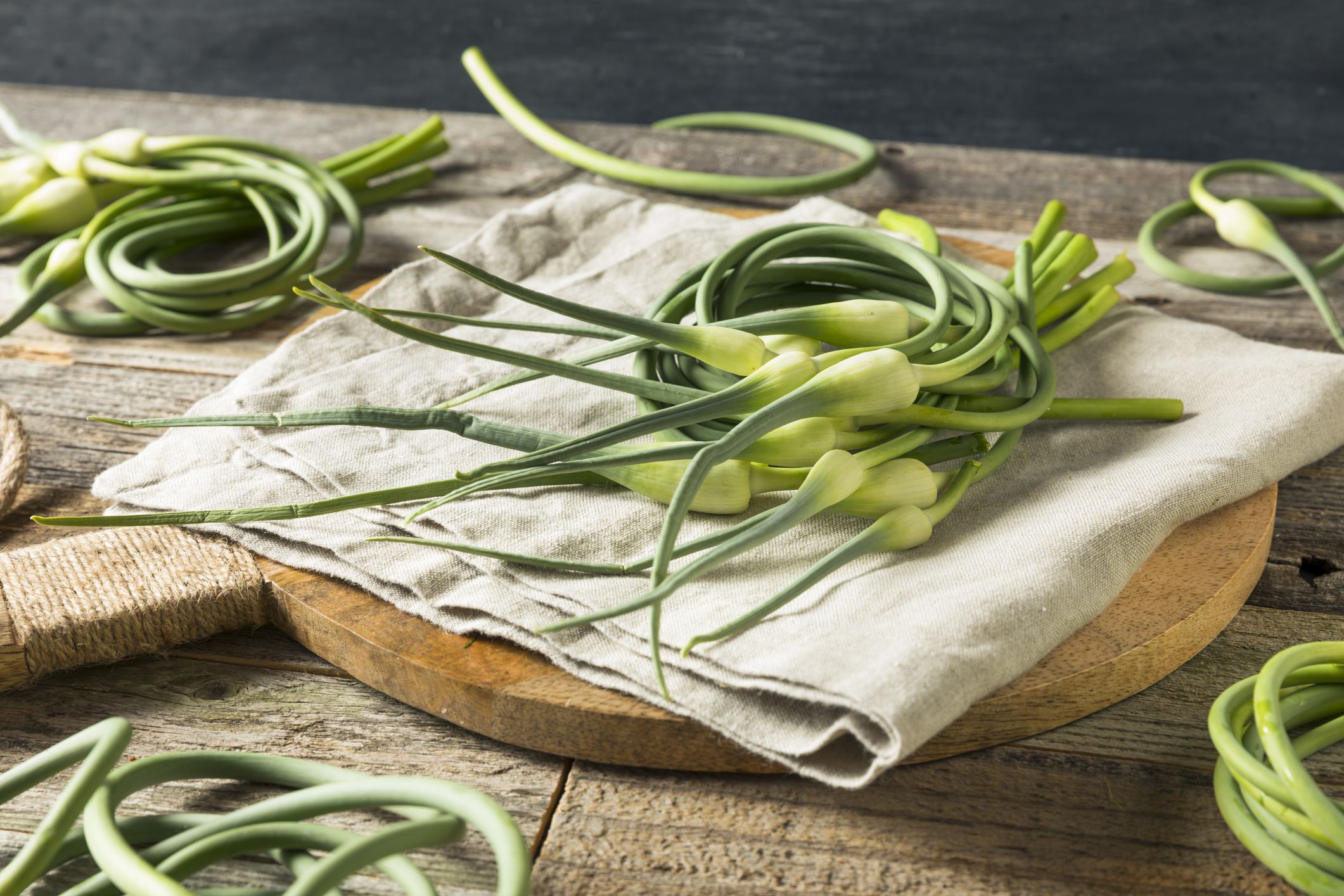
The long, green tendrils that shoot up from the underground garlic bulb are known as garlic scapes. In late spring they are abundant, and sold for pennies at the markets. Their mild garlic flavor makes them ideal for pesto and other blended sauces, or to add bulk to stir-fries, soups, and taco filling. They are hearty and keep in the fridge for up to two weeks. Their season lasts a few weeks, and the ones harvested later have a slightly tougher texture.
Asparagus – Spring
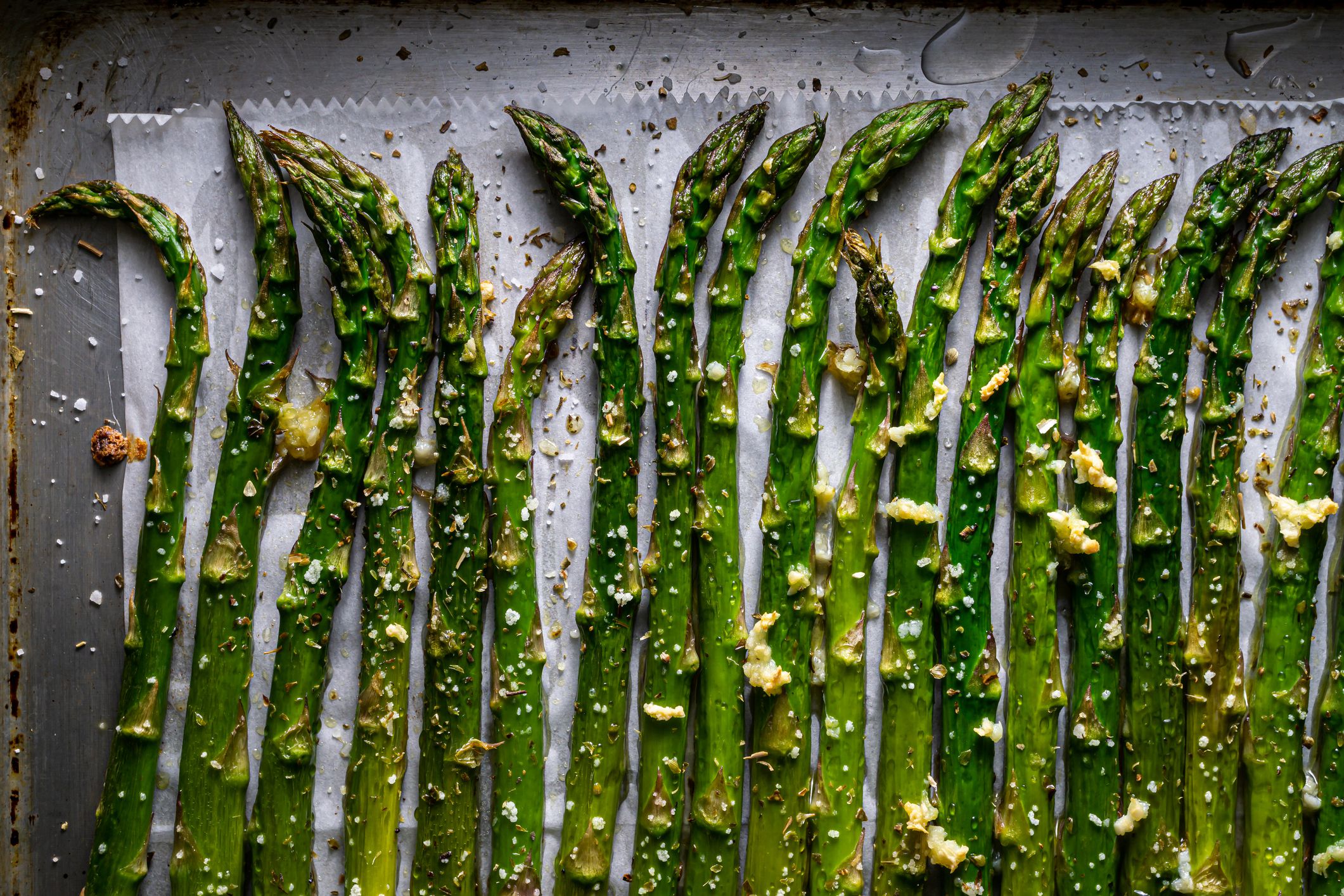
When asparagus hits markets each spring, it’s at its freshest and most flavorful. And prices are low, too. Fresh asparagus can be enjoyed raw, giving off a natural sweetness. Roasted, grilled, or pan seared, asparagus can easily be incorporated into any meal, from omelets at breakfast to a decadent dinner dish wrapped in prosciutto.
Sorrel – Spring
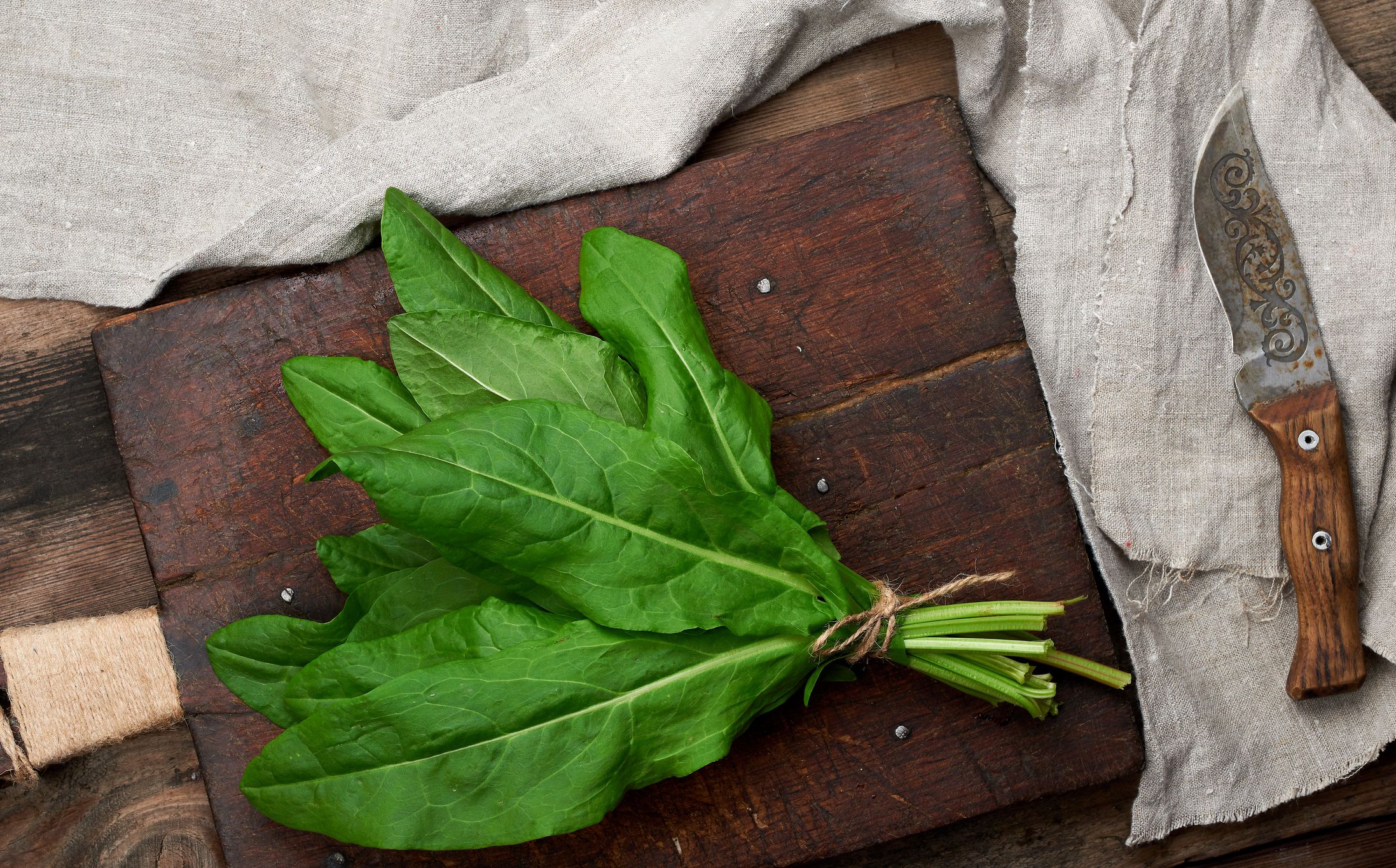
Sorrel is a tart and tannic leafy vegetable that straddles the categories of lettuces and herbs. It has a lemony flavor and adds a pungent kick to salads or pizzas. Classic sorrel soup is a refreshing and piquant seasonal dish that can be served warm or cold for extra refreshment.
Vidalia Onions – Spring
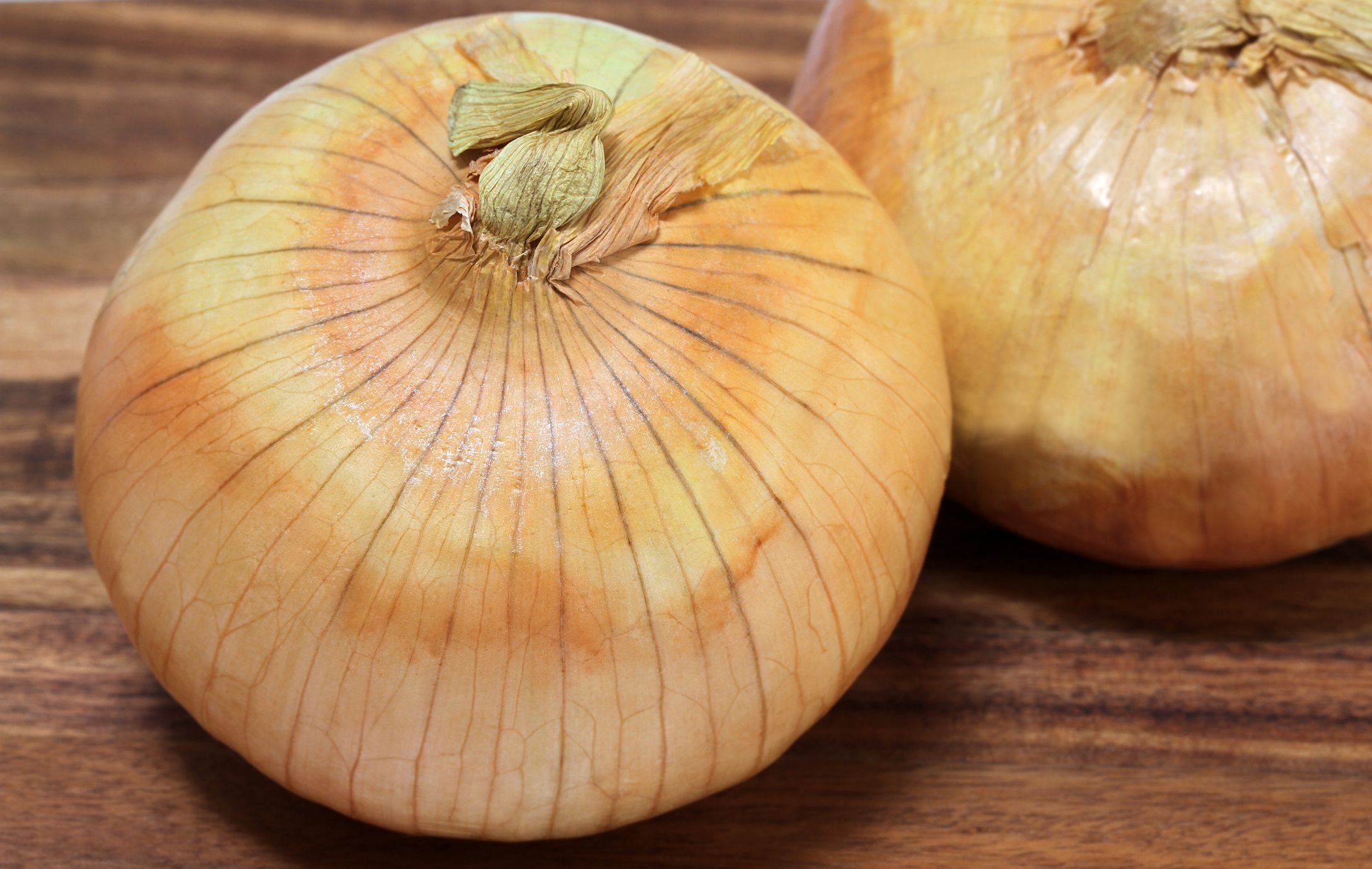
Much like Champagne is derived only from the Champagne region of France, Vidalia onions hail only from Georgia. Available late April through mid-September, Vidalias are best known for their sweetness. While they last, these onions are scarcely more expensive than other varieties, although they tend to disappear fast.
